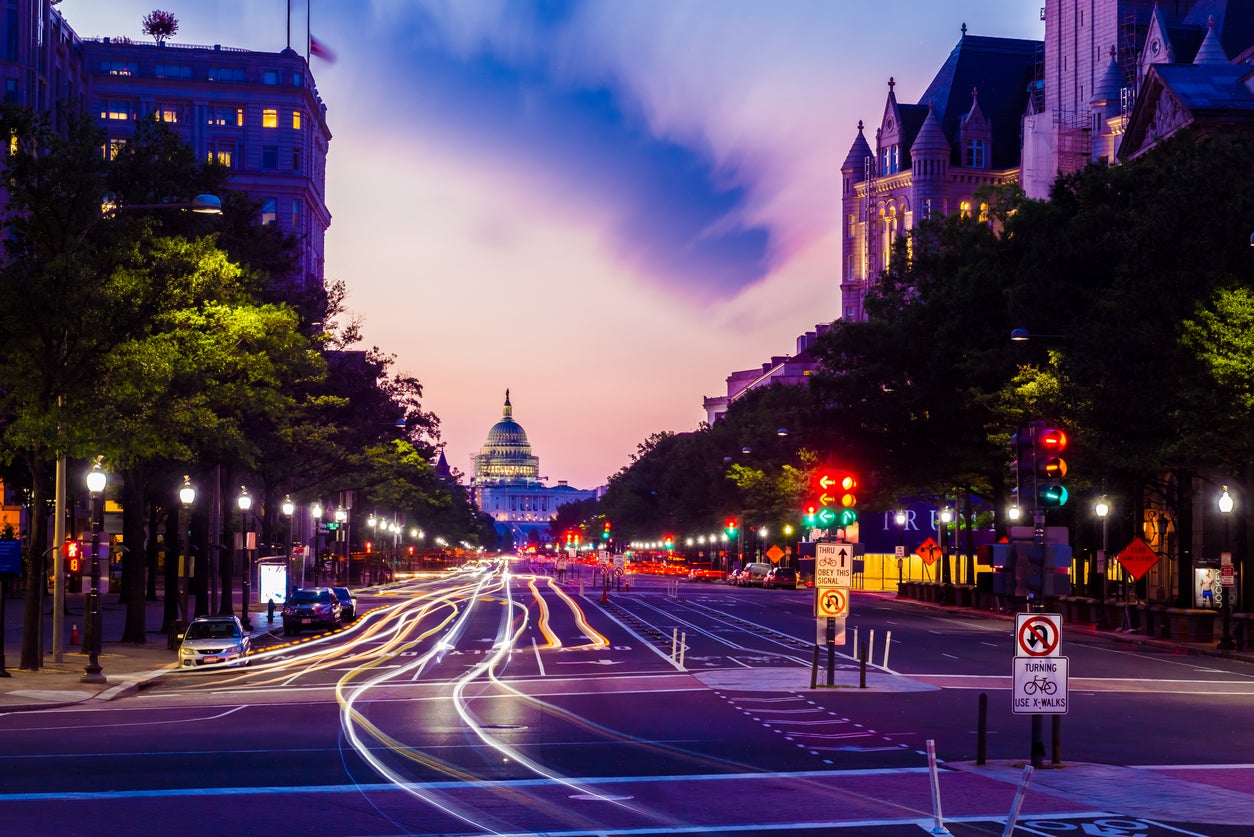President Trump’s “One Big Beautiful Bill” is staggering in its scope. The nearly 1,000-page bill contains significant changes to healthcare, energy, and economic programs. But, it also made substantial changes to the financial aid system.
Supporters of the bill tout that it will curb excessive federal student loan borrowing and control spending. But, opponents say it limits financing options for students, and makes it harder for borrowers to manage their debt.
“[W]e are disappointed that the final bill includes a number of provisions that will constrain access to postsecondary education, particularly for our most vulnerable students,” said Melanie Storey, president and CEO of the National Association of Student Financial Aid Administrators (NASFAA), in a statement released by the organization.
The bill went through several iterations and adjustments. Now that the bill has been finalized and signed by the President, here’s what you should know about the One Big Beautiful Bill and its impact on financial aid and student loans.
1. Increases Withdrawal Limits for 529 Plans
A 529 college savings plan can be a critical tool to save and invest for college and a child’s other education expenses. The One Big Beautiful expands what counts as a qualifying education expense for 529 withdrawals.
Currently, families can withdraw up to $10,000 per year for elementary or secondary education, such as tuition and books. The new bill expands the maximum limit to $20,000.
2. Limits Pell Grant Awards
Pell Grants provide gift aid to low-income students. The bill changes the student aid index — a calculation based on the Free Application for Federal Student Aid that determines your eligibility for federal aid — making fewer students eligible for Pell Grants. And, those who receive other grants or scholarships (including state or institutional aid) that equal or exceed cost of attendance are ineligible for Pell Grants.
3. Terminates Grad PLUS Loans and Changes Graduate Borrowing Limits
Currently, graduate and professional students use Grad PLUS Loans to cover up to 100% of the total cost of attendance for their programs, without caps on annual or aggregate borrowing. The One Big Beautiful Bill eliminates the Grad PLUS program, and sets new limits for graduate and professional students for the other federal loan option: Direct Unsubsidied Loans.
Under the One Big Beautiful Bill, graduate and professional students are subject to the following limits beginning on July 1, 2026:
| Annual | Aggregate | |
| Graduate | $20,500 | $100,000 |
| Professional | $50,000 | $200,000 (Inclusive of undergraduate loans) |
- Graduate students: Capped at $20,500 per year
- Professional students: $50,000 per year
4. Caps Parent Loans
Under the current structure, parents of undergraduate students can borrow up to 100% of the total cost of attendance for their children. The One Big Beautiful changes that by instituting new limits. The new bill caps annual borrowing to $20,000, and an aggregate of $65,000 per student.
5. Changes Student Loan Repayment Options
The final version of the bill states that all borrowers are required to be under one of the following repayment plans by July 1, 2028:
- The new Repayment Assistance Plan (RAP): The RAP allows borrowers to pay 1% to 10% of their incomes, with a minimum payment of $10. Borrowers are in repayment for 30 years.
- Income-Based Repayment (IBR): The IBR plan is an existing plan; borrowers pay 10% of their discretionary income, with a repayment term of 20 years.
- Standard Repayment: Standard repayment is the default repayment plan. Borrowers make payments over 10 years in fixed monthly installments.
The bill officially kills the Saving on a Valuable Education (SAVE), Pay As You Earn (PAYE), Revised Pay As You Earn (REPAYE), and Income-Contingent Repayment (ICR).
6. Eliminates Forbearance and Deferment for Unemployment or Financial Hardship
A key benefit of federal student loans is the ability to enter into forbearance or deferment and pause your payments if you’re facing financial difficulties. But, the One Big Beautiful Bill eliminates deferments and forbearance periods due to economic hardship or unemployment.
7. Increases Rehabilitation Options
For those who are in default on their federal student loans, loan rehabilitation is a process borrowers can use to get their loans current and back on track with low monthly payments. Currently, borrowers can only take advantage of this program once; the One Big Beautiful Bill increases the maximum use to two, giving borrowers another chance to get control of their loans.
8. Changes Qualifying Payments for Public Service Loan Forgiveness
For Public Service Loan Forgiveness, borrowers must make 120 monthly payments under a qualifying plan; all of the income-driven repayment plans count right now. However, going forward, borrowers must make payments under the new RAP to count toward PSLF.
9. Extends Tax Breaks for Loans Forgiven Under Total & Permanent Disability
The One Big Beautiful Bill adds a Social Security number requirement and permanently extends a tax break for those who have their loans forgiven under Death Discharge or Total & Permanent Disability Discharge. If your loans are forgiven through these programs, you (and your loved ones) never have to worry about federal income taxes.
What This Means for New College Students and Families
The One Big Beautiful Bill is extensive, and the changes it made to financial aid and student loan repayment programs are significant. Most of the changes won’t go into effect until July 1, 2026, so students entering or returning to college this fall are unaffected. However, for those who have several years of education left, be aware that the bill will change what grants and federal loans you’re eligible for going forward, so it’s a good idea to explore other financing options.
To supplement federal aid, be sure to apply for state and institutional aid, including grants, scholarships, and student loans. It’s also wise to apply for private scholarships and grants issued by non-profit organizations and companies.
If you still need funds for school, private student loans can help cover the remaining balance. You can use the Check My Rate tool to get quotes for private undergraduate, graduate, or parent student loans without impacting your credit score.



